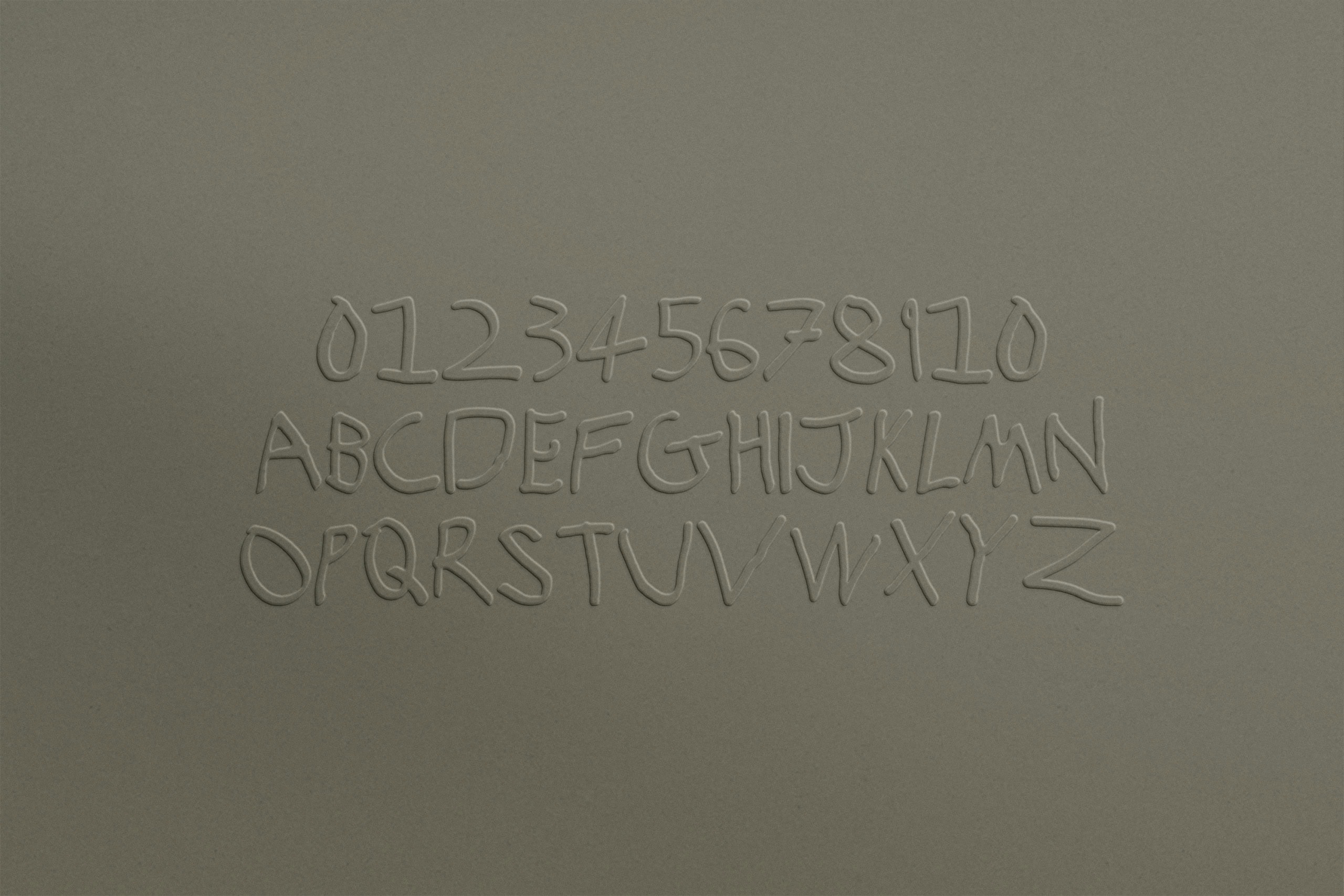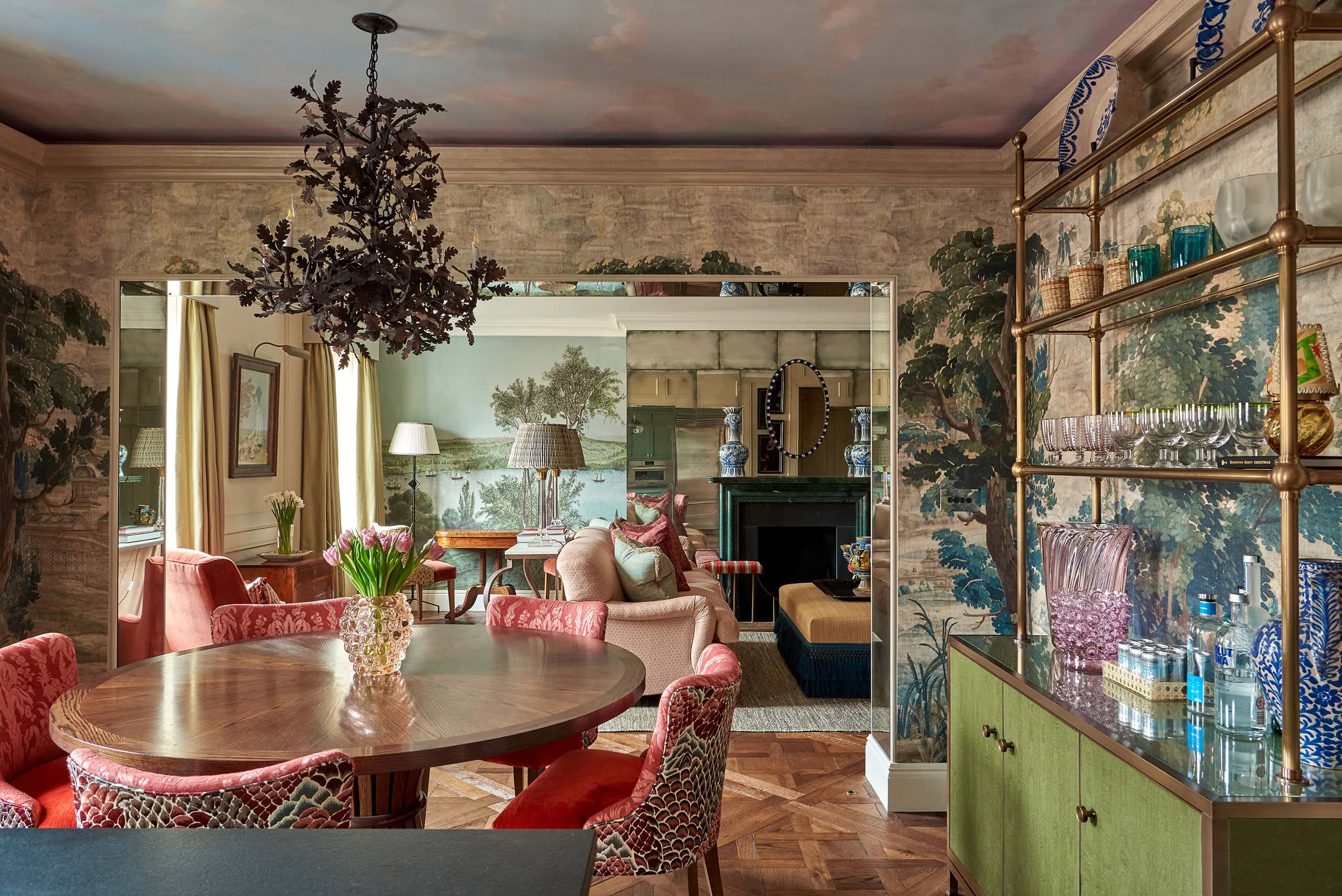The business of interior design continues to grow, with more than 6,100 interior design companies operational in the UK last year – a 1.4% increase on the previous year. To capitalise on this success, many studios are now launching their own product ranges to complement their services.
Studio Ashby, for example, founded its Sister range of art and furniture in 2020, while Taylor Howes directors Karen Howes and Jane Landino recently launched Howes & Landino, selling vases, cushions and throws.
Not only do interior designers have an innate knowledge of high-quality and visually appealing items for the home, they also have an established network of suppliers with whom to collaborate – whether that’s furniture makers, fabric designers or paint manufacturers.
This year we were delighted to work with interior designers Anna Spiro and Sarah Vanrenen to develop e-commerce sites that effectively market and sell their products. Here are our top five e-commerce tips for interior designers looking to do likewise.
1. Signpost clearly
If you’re integrating a shop section to an existing portfolio site, it should be clearly signposted without detracting from your core services and case studies. When designing Sarah Vanrenen’s new site, we created a simple navigation menu, which includes distinct ‘Portfolio’, ‘Services’ and ‘Products’ items. We promoted Sarah’s portfolio and product range again in the second section of the homepage.

Alternatively, you could keep your shop and your design services separate by building a microsite or standalone e-commerce store, as we did for Anna Spiro with Spiro Store. This segments your customer base from the outset, which can streamline the user experience if, like Anna, you have a large product range with multiple categories.
2. Plan your product classification
On the topic of categories, it’s important to group items in your shop carefully and intuitively so that users can easily find what they’re looking for.
For Spiro Store, we created a detailed product taxonomy – a structured guide for organising products – using clear, understandable terms for website visitors.

For Sarah Vanrennen, we created hand-drawn icons for each category. Not only does this provide a visual prompt to explain each of her product categories – which include lamps, cushions, furniture and wallpaper – but the attractive, bespoke illustrations also reflects her brand values.
3. Connect with international customers
Many of our clients work with customers around the world, so it’s important that their products are available internationally too. We developed a new e-commerce subdomain, Shoppa, for interior designer Beata Heuman to accommodate her growing catalogue of lighting, furnishings and accessories. By integrating Shoppa into a third-party logistics warehouse, we enabled Beata to reach international customers while simplifying operations to save her money and time.

March’s new e-commerce site for Sarah Vanrennen also focused on promoting her products to a global audience. By improving UX, SEO and site performance, we increased her visitors by 214% and her page views by 287%.
4. Offer frictionless shopping
To prevent abandoned baskets at the crucial checkout stage, it’s important to make the purchase process as quick and simple as possible. We used Shopify for Spiro Store to offer an accelerated checkout experience. Shop Pay has been shown to increase conversion by up to 50% compared with guest checkout, and its conversion rate surpasses all other accelerated checkouts by at least 10%.
For Sarah Vanrennen’s site we chose WooCommerce, which includes customised e-commerce interior design solutions for various scenarios, including wallpaper sold either by the roll or the metre, and fabric sold by the metre. The site also allows Sarah to fulfil sample orders and to market bespoke products as available upon request.
5. Stay on-brand
Your basket and checkout areas should look like your brand, rather than your payment provider. This reassures your customer as they input sensitive credit card information. It also keeps your brand front and centre during the purchase process.
Similarly, automated order confirmation emails and dispatch notifications should be branded to provide a cohesive user experience and to encourage repeat purchases.
Thinking about launching your own product range? Reach out, and let’s build something extraordinary together.






